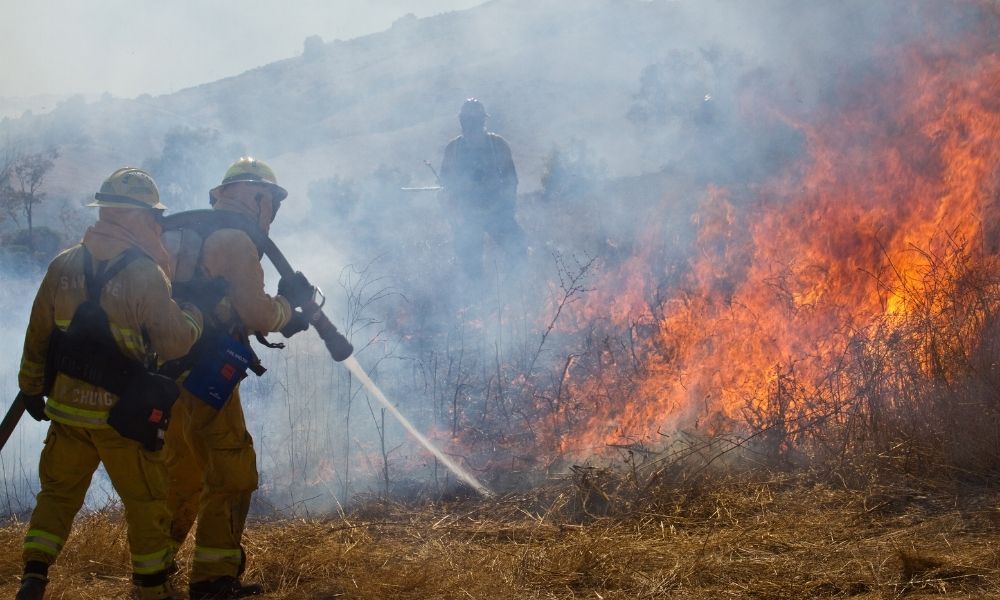
There are quite a few jobs that require you to prepare for the role before starting your first day. Becoming a firefighter involves some training, especially if you’re planning to fight wildfires. If that is a job you’re interested in pursuing but aren’t sure how to go about it, this guide on how to become a wildland firefighter is just for you.
Figure Out What You Want To Do
One thing that many people don’t realize about becoming a wildland firefighter is that there are many different roles that you can choose from within the field. Some of them are more intense and require you to complete a 3-mile hike in 45 minutes with a 45-pound pack, while the easier ones only need you to do a 1-mile walk in 16 minutes without a heavy bag. Once you know which position you want, you can start doing the necessary training.
Visit Your Physician
Before you begin, though, it’s always a good idea to talk with your physician. They will likely set up a general health screening to ensure that you’re physically fit enough to handle this job. We’re sure you probably already have a good idea if you’re in decent enough shape to get to where you need to be through training.
However, your doctor will be able to find out if you have any underlying health concerns. If they find any, it doesn’t mean your chances are gone. It just means you’ll need to be more careful and take precautions to avoid any unnecessary difficulties.
Start an Exercise Regimen
Finally, it’s time to figure out how to become a wildland firefighter. Five categories require your focus. Cardiovascular, muscle strength, muscle durability, and flexibility are the four primary ones.
For cardiovascular, you need to do an activity that will strengthen your heart around four to six times a week. Each one shouldn’t be longer than an hour. Exercises for strengthening your muscles should occur twice a week for the first two weeks, then three times a week for all the following ones until you switch to endurance. You should lift anywhere between 70 to 90 percent of your total body weight during these workouts. Once you switch to muscle endurance exercises for the last two weeks, you should reduce that percentage to around 50 to 70 percent. However, you might want to pump it up to four workouts a week. To work on flexibility, you should do a warmup jog before your routines and perform some stretches afterward.
Don’t worry, we didn’t forget about the last category, which is rest. You need to leave a day or two per week to rest. On those days, you should only engage in light activities. Your heart and muscles need time to recover from the intense training you’ll be putting them through.
